There was a time when kids’ advertising was easy to spot. It blasted out of the TV on Saturday mornings, sandwiched between cartoons and proudly announcing itself with theme songs, jingles, and way too many exclamation points.
Those were the good old days.
Today, your child might watch an ad, click on an ad, even internalize an ad—without either of you ever realizing it happened. Because now? Ads don’t look like ads. They look like a game. Or an extra life. Or a helpful tip from a YouTuber.
As parents, we’re still watching out for the obvious red flags. But the ad industry has moved on. And it’s targeting our kids in ways that are subtle, persuasive, and sometimes invisible.
Ads Are Everywhere—Even in the “Good” Apps
You might think that if you’ve found an app labeled “educational,” “safe for kids,” or even just rated E for Everyone, you’re in the clear.
But the research says you’re probably not. Even seemingly harmless apps can carry hidden dangers. A study of the top apps for kids under five found that 95% of them included some kind of advertising, and many of those ads were misleading, disguised as game content, or placed in a way that encouraged accidental taps. Some featured cartoon characters. Others looked like gameplay rewards.

A few were literally designed to trick children into spending money or sharing data. Some apps even made it hard to exit the ad without clicking on it.
And remember: that’s in apps for preschoolers.
Kids Can’t See It—and Neither Can We
This is the heart of the problem. Kids don’t know they’re being advertised to. Not always. Not clearly. And depending on the format, you might not know either.
Because today’s ads don’t interrupt. They integrate.
A “watch this video to get more coins” pop-up? That’s an ad. So is the upgrade button disguised as a treasure chest. So is the influencer who says they “just found the best product for back-to-school organization” without mentioning they were paid to say that.

Some ads promote junk food. Others push extreme diet culture. Some are promoting games where people are drowning, catching fire, or losing fingers if your child doesn’t solve the puzzle fast enough. And some are way more adult than any parent would knowingly allow on a child’s screen.
But I Have Parental Controls On…
Sure, parental controls help. A little. But parental controls don’t usually apply to ads, because the ads aren’t coming from the game developer—they’re coming from outside ad networks that buy space inside the app. So even if a game seems safe, the content delivered through the ad space might not be. And unlike traditional media, there’s no regulation on how many ads a child can be exposed to in a given hour.
According to one survey, teens scrolling Instagram saw an average of 420 ads per hour. And that doesn’t include influencer posts, “suggested” content, or the things that walk and talk like ads but never label themselves as such.
The Real Business Model: Your Kid’s Data
Most of the free apps your child uses don’t make money from app sales—they make money from your child’s behavior. Every tap, swipe, pause, or scroll tells ad networks a little more about what your child likes, what grabs their attention, and how best to sell them the next thing.
By the time a child turns 13, some ad networks may hold over 72 million data points on them. That includes location data, usage history, device details, and in many cases, household behavior from connected accounts. It’s how four people in the same home, on four different devices, can all get personalized ads that feel creepily accurate.

And for kids, who are still forming a sense of identity and learning to set boundaries around technology, this creates a subtle feedback loop: you liked this, so we’ll show you more like it. You clicked this, so here’s another version. You hesitated, so let’s test you again tomorrow. Over time, it shapes what they see—and what they think they want.
So What Do We Do With All This?
Parents often ask how to turn off ads completely, and unfortunately, the short answer is—you usually can’t. But you can help them navigate the digital world with more awareness.
Start by playing their apps with them. Watch what comes up. Don’t assume a “kids” label means anything. Ask questions like, “Did you notice that was an ad?” or “Why do you think they showed us that?” Not as a quiz, but as a way of helping them learn to name what’s influencing them.

You don’t need to lecture about data privacy. But you can point out that sometimes, things are designed to make us want stuff, and it’s okay to pause before we believe them.
And if your child suddenly wants something very specific, very urgently, and can’t explain why? That’s a good time to get curious, not just about what they want, but where the idea came from.
Final Thought
Ads aren’t going away. But they are getting sneakier.
And while our kids are growing up in a digital world we didn’t, they’re still counting on us to help them make sense of it. We don’t need to bubble-wrap their devices. But we do need to help them see clearly, and that starts with seeing clearly ourselves, including how parents are influenced by social media and advertisements.
If you’re looking for a simpler, safer place to start, Gabb phones are designed to keep ads, browsers, and risky apps out of the picture, so kids can learn tech at a healthy pace.
Have thoughts or questions about what you’ve seen in your child’s apps? Share your experience in the comments. We’d love to hear from you.

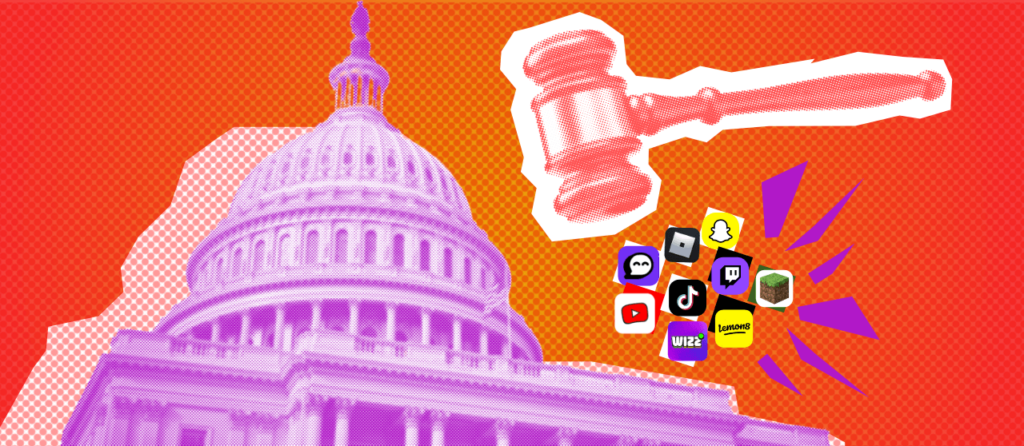
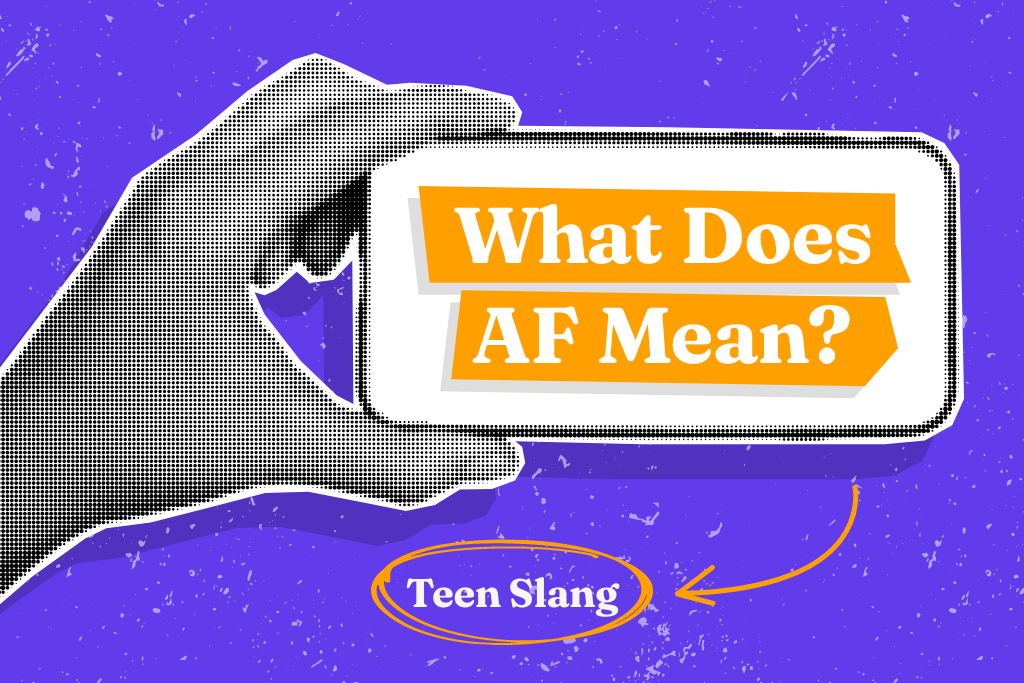
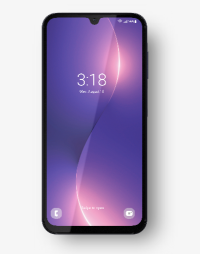

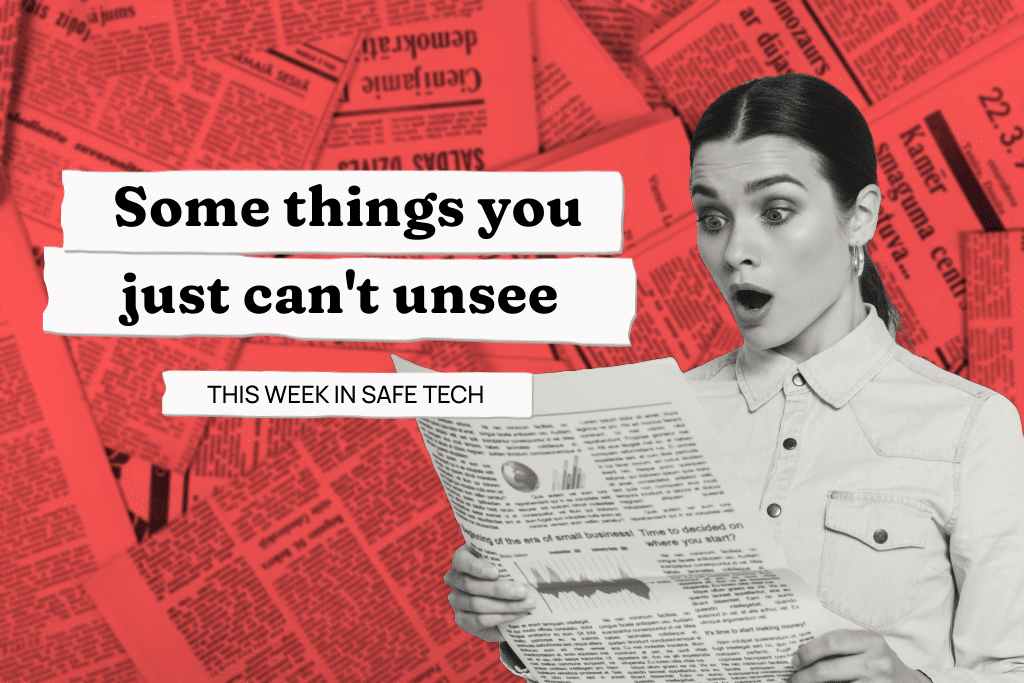
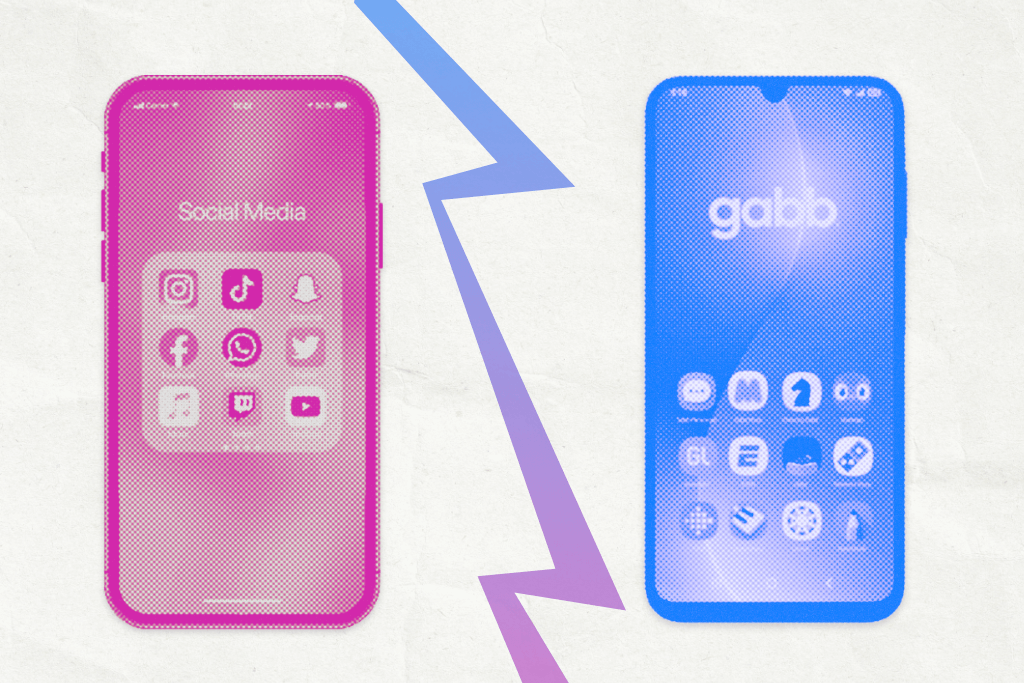
Success!
Your comment has been submitted for review! We will notify you when it has been approved and posted!
Thank you!